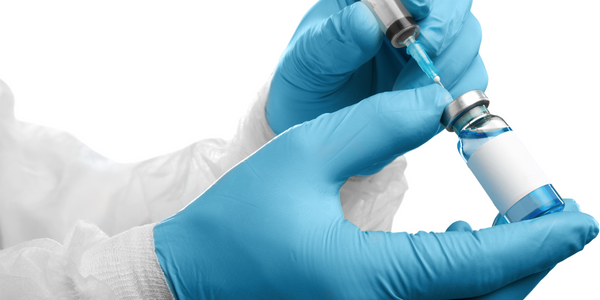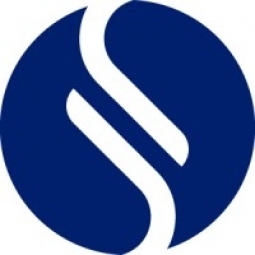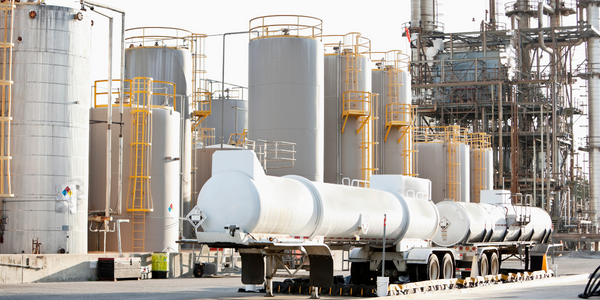Customer Company Size
Large Corporate
Country
- Worldwide
Product
- Sphera’s Stature
Tech Stack
- Risk Management Software
Implementation Scale
- Enterprise-wide Deployment
Impact Metrics
- Productivity Improvements
- Cost Savings
- Digital Expertise
Technology Category
- Functional Applications - Enterprise Resource Planning Systems (ERP)
Applicable Industries
- Pharmaceuticals
Applicable Functions
- Quality Assurance
Use Cases
- Regulatory Compliance Monitoring
Services
- System Integration
- Software Design & Engineering Services
About The Customer
The customer is one of the world’s largest pharmaceutical companies, with clinical research conducted in more than 50 countries and manufacturing plants in over 12 countries. The company is focused on continuous process improvement for their quality risk management. In 2009, the company identified an opportunity to improve current processes with the goal of reducing product defects across its worldwide operations. The company adopted Sphera’s Stature® as a consistent means of conducting Risk Assessments. The company recognized that they had an opportunity to grow into optimizing their solution – not to become more efficient only, but gain further visibility than they had in the past.
The Challenge
The pharmaceutical company, with clinical research conducted in more than 50 countries and manufacturing plants in over 12 countries, identified an opportunity to improve current processes with the goal of reducing product defects across its worldwide operations. The company lacked a centralized tool to capture requirements or to conduct risk assessments for hundreds of their products within many product families. As a result, in order to meet regulatory guidelines, the company maintained multiple spreadsheets as well as Process Flow Documents which were over 100-pages long for each product family! This created a very complex and cumbersome process. In addition, since the information was contained in multiple sources, there were no linkages between the requirements and controls, and the content was difficult to search and query. It also meant reliance on a few experts who could assess the relationships between all these elements.
The Solution
The company engaged with Sphera to implement a centralized risk management solution. The company adopted Sphera’s Stature® as a consistent means of conducting Risk Assessments. The introduction of Stature as a centralized risk management tool has enabled the company to create an end-to-end process which includes multiple interacting templates that connect the requirements to the PHAs, DFMEAs, PFMEAs, AFMEAS and related control strategies. Now the process is optimized, so for every requirement they can readily identify all the related controls and this in turn has brought many benefits, including improved visibility and the ability to easily answer questions such as ‘What are the controls around a Specific requirement?’ or ‘Which requirements are impacted at each manufacturing step?’. It also allows improved traceability since the relationships are built between elements in the system.
Operational Impact
Quantitative Benefit

Case Study missing?
Start adding your own!
Register with your work email and create a new case study profile for your business.
Related Case Studies.

Case Study
Case Study: Pfizer
Pfizer’s high-performance computing software and systems for worldwide research and development support large-scale data analysis, research projects, clinical analytics, and modeling. Pfizer’s computing services are used across the spectrum of research and development efforts, from the deep biological understanding of disease to the design of safe, efficacious therapeutic agents.

Case Study
Fusion Middleware Integration on Cloud for Pharma Major
Customer wanted a real-time, seamless, cloud based integration between the existing on premise and cloud based application using SOA technology on Oracle Fusion Middleware Platform, a Contingent Worker Solution to collect, track, manage and report information for on-boarding, maintenance and off-boarding of contingent workers using a streamlined and Integrated business process, and streamlining of integration to the back-end systems and multiple SaaS applications.

Case Study
Process Control System Support
In many automated production facilities, changes are made to SIMATIC PCS 7 projects on a daily basis, with individual processes often optimised by multiple workers due to shift changes. Documentation is key here, as this keeps workers informed about why a change was made. Furthermore, SIMATIC PCS 7 installations are generally used in locations where documentation is required for audits and certification. The ability to track changes between two software projects is not only an invaluable aid during shift changes, but also when searching for errors or optimising a PCS 7 installation. Every change made to the system is labour-intensive and time-consuming. Moreover, there is also the risk that errors may occur. If a change is saved in the project, then the old version is lost unless a backup copy was created in advance. If no backup was created, it will no longer be possible to return to the previous state if and when programming errors occur. Each backup denotes a version used by the SIMATIC PCS 7 system to operate an installation. To correctly interpret a version, information is required on WHO changed WHAT, WHERE, WHEN and WHY: - Who created the version/who is responsible for the version? - Who released the version? - What was changed in the version i.e. in which block or module of the SIMATIC PCS 7 installation were the changes made? - When was the version created? Is this the latest version or is there a more recent version? - Why were the changes made to the version? If they are part of a regular maintenance cycle, then is the aim to fix an error or to improve production processes? - Is this particular version also the version currently being used in production? The fact that SIMATIC PCS 7 projects use extremely large quantities of data complicates the situation even further, and it can take a long time to load and save information as a result. Without a sustainable strategy for operating a SIMATIC PCS 7 installation, searching for the right software version can become extremely time-consuming and the installation may run inefficiently as a result.

Case Study
ELI LILLY ADOPTS MICROMEDIA’S ALERT NOTIFICATION SYSTEM
Pharmaceutical production is subject to a strict set of enforced rules that must be adhered to and compliance to these standards is critically necessary. Due to the efforts of WIN 911’s strategic partner Micromedia, Lilly was able to adopt an alarm notification infrastructure that integrated smoothly with their existing workflows and emergency hardware and protocols. These raw energy sources enable the industrial process to function: electricity, WIN-911 Software | 4020 South Industrial Drive, Suite 120 | Austin, TX 78744 USA industrial steam, iced water, air mixtures of varying quality. Refrigeration towers, boilers and wastewater are monitored by ALERT. Eli Lilly identified 15000 potential variables, but limitations compelled them to chisel the variable list down to 300. This allowed all major alarms to be covered including pressure, discharge, quantity of waste water discharged,temperature, carbon dioxide content, oxygen & sulphur content, and the water’s pH.









